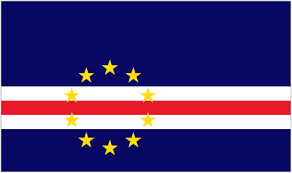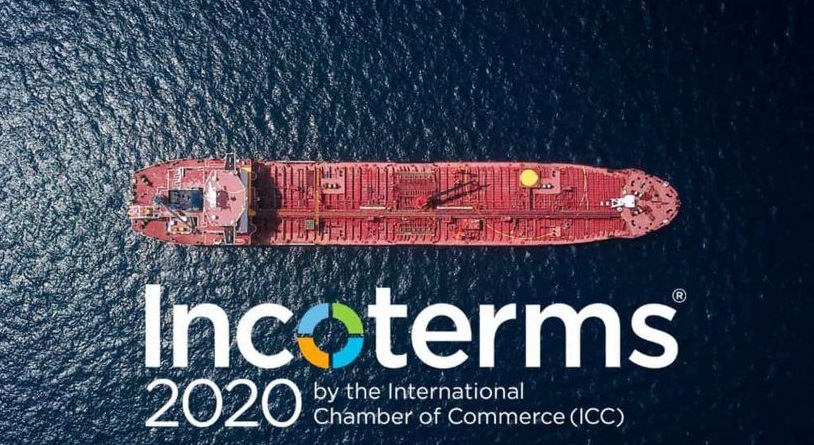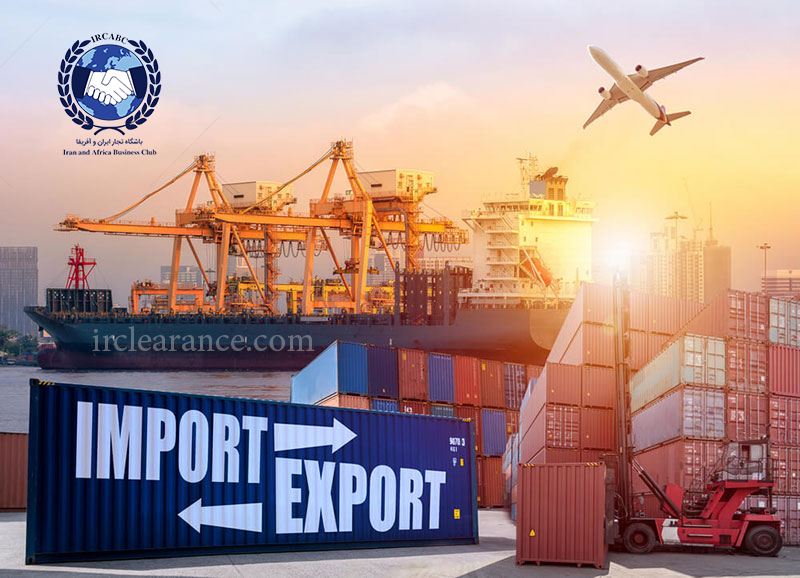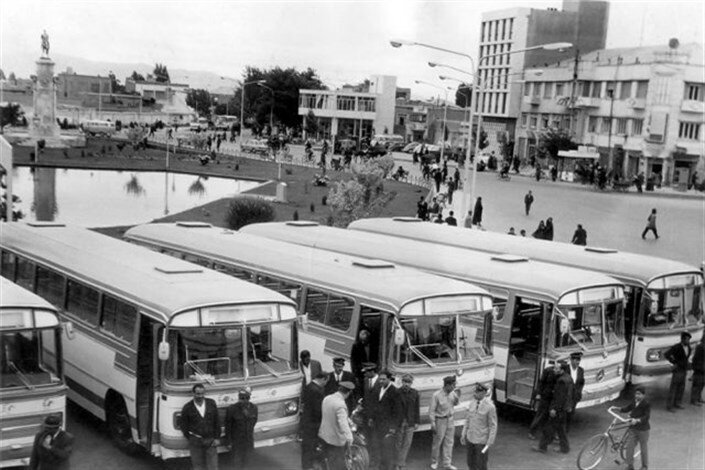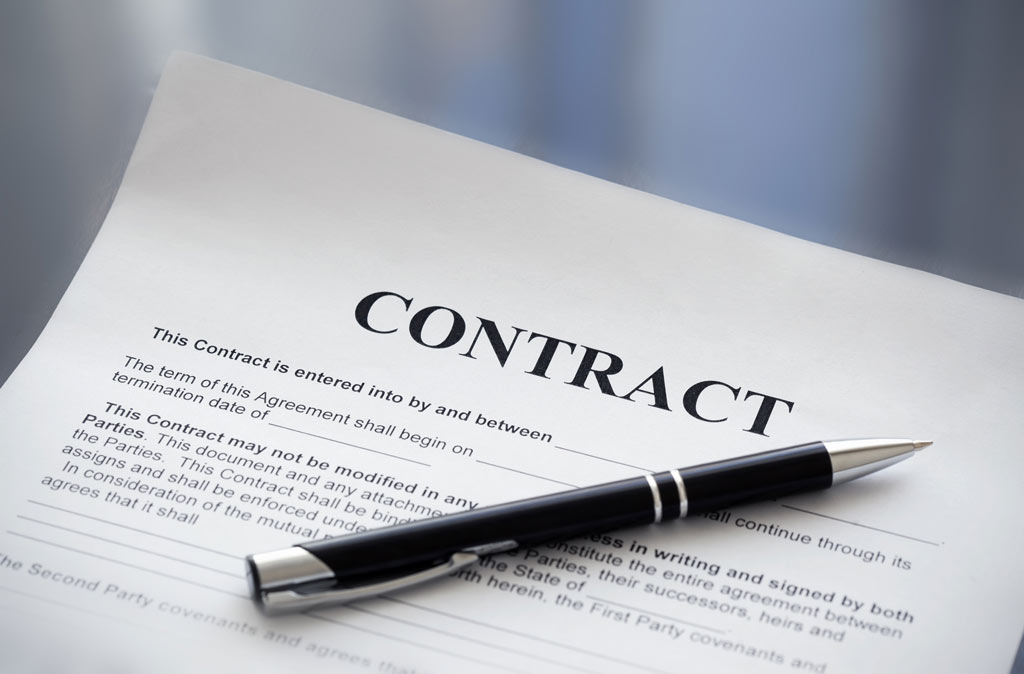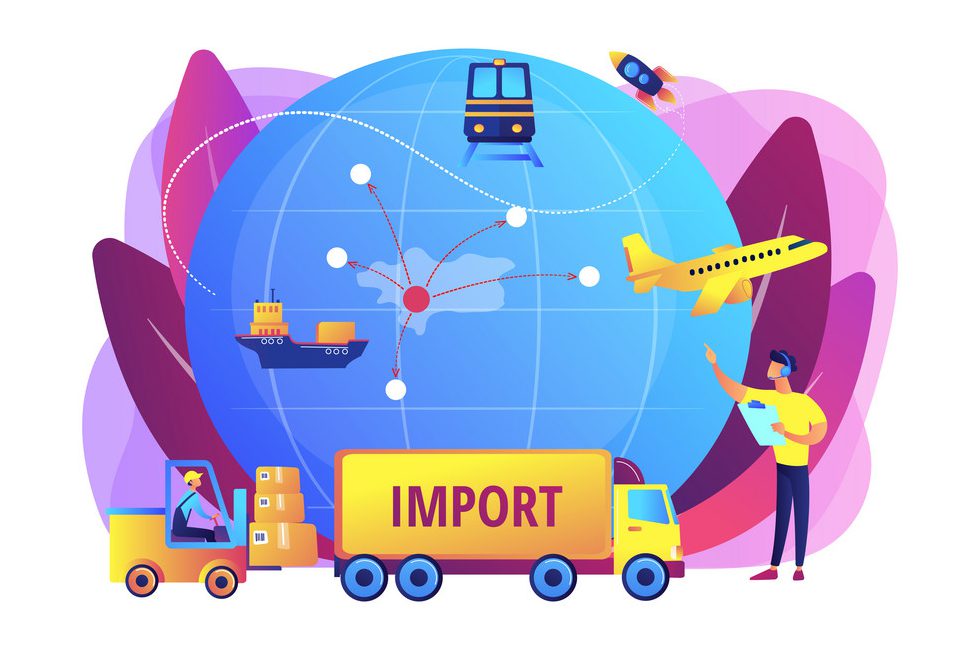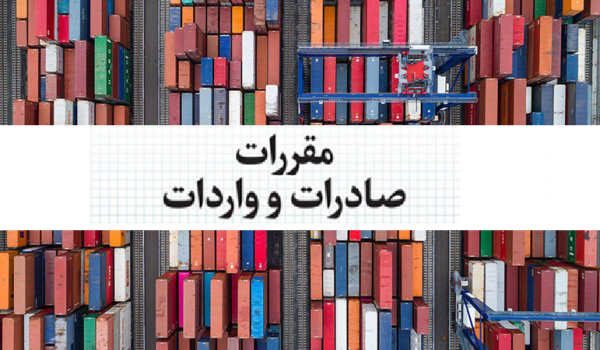Determining which version of Incoterms to use
The first edition of Incoterms was compiled by the International Chamber of Commerce in 1936 and was subsequently revised and updated in 1953, 1967, 1976, 1980, 1990, 2000, 2010, and 2020. Incoterms revision and modification is done by the International Chamber of Commerce due to changes in the business environment and transactions and instruments of international trade. It should be noted that since 1980, these rules have been revised every ten years. But we must note that there is no legal requirement to comply with this time frame for review. But the International Chamber of Commerce tries to keep this period of time neither too short nor too long due to maintaining credibility and ease of use as well as updating it on time. There are significant differences between different versions even in the same rule, which makes it necessary to refer to the version intended by the parties. For example, the CIP rule has undergone important changes in the 2020 version compared to the 2010 version, which increases the importance of referring to the desired version and creates legal consequences. Also, in the CIP rule of the 2010 version, the seller’s obligations in terms of product insurance are up to Clause C, but in the 2020 version, in the same rule, the seller’s obligations for insurance coverage are up to Clause A. Therefore, by mentioning the phrase “The Incoterms® 2020 Rules” in front of the used rule, the desired version is specified.
Determining the specified and agreed location
It should be kept in mind that the use of an Incoterms rule without specifying the location and point agreed by the parties is not correct at all. The seller is obliged to deliver the goods to the buyer or the person introduced by him (agent or shipping company) at the specific place and points agreed by the parties and at the appointed time. In all rules, if the desired point or place is not defined precisely and only the name of a country or region is written in general. The seller can deliver the goods to the best place that suits his purposes (for example, the place that the seller chooses within the country or region), the point is a specific and predetermined address.
For example, if FCA INCOTERMS2020 CHINA is written, the seller can deliver the goods to any location in China, in short, if the agreed location and point are not determined, the seller has the right to choose. And even the buyer has no right to object. The important point is that in C rules including CFR, CPT, CIF and CIP, where there are two critical points or two locations, both must be specified. In these rules, risks and risks are transferred from the city or port of origin to the buyer. If the payment of conventional costs to the destination city or port is the responsibility of the seller. Therefore, we must determine both points accurately.
- Adding precise and explicit conditions to the standard framework if necessary
In case the parties agree to add a special clause or condition to an Incoterms 2020 rule, they must first clearly specify the party that will bear the risk and cost of that action. For example, in the EXW rule, the buyer is responsible for export clearance. However, if the parties wish to add this item to the seller’s obligations, the following phrase may be used:
EXW (INCOTERMS2020)
(Named place and point of delivery) Cleared for export
In this case, the seller may claim that he only agreed to help in the implementation of the export clearance, and this assistance should be done at the buyer’s risk and expense. Therefore, it is better to complete the above statement as follows.
EXW (INCOTERMS2020)
(Named place and point of delivery) Cleared for export at the risk and expense of the seller.
The parties of an international transaction have the right to use the rules of Incoterms and are able to make changes in it for their own use. But these changes must be clearly mentioned and the party that bear the risk and cost of the desired change must be specified.













